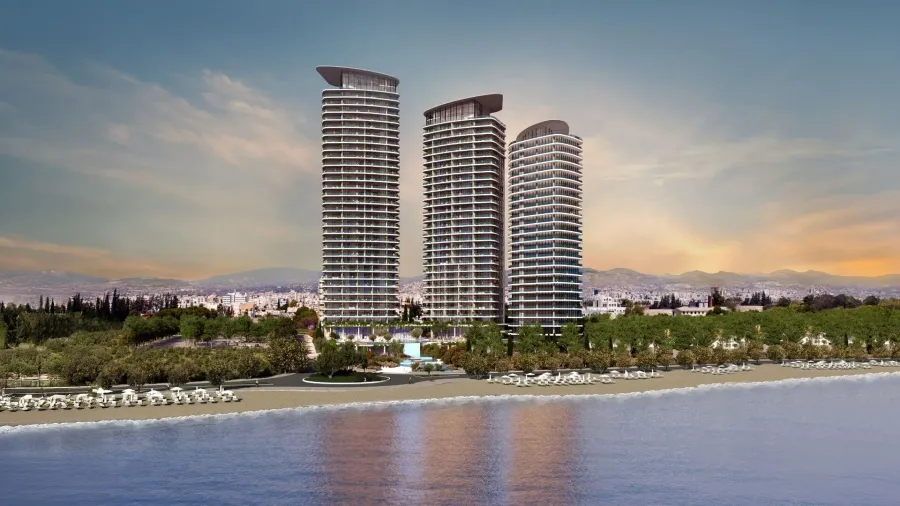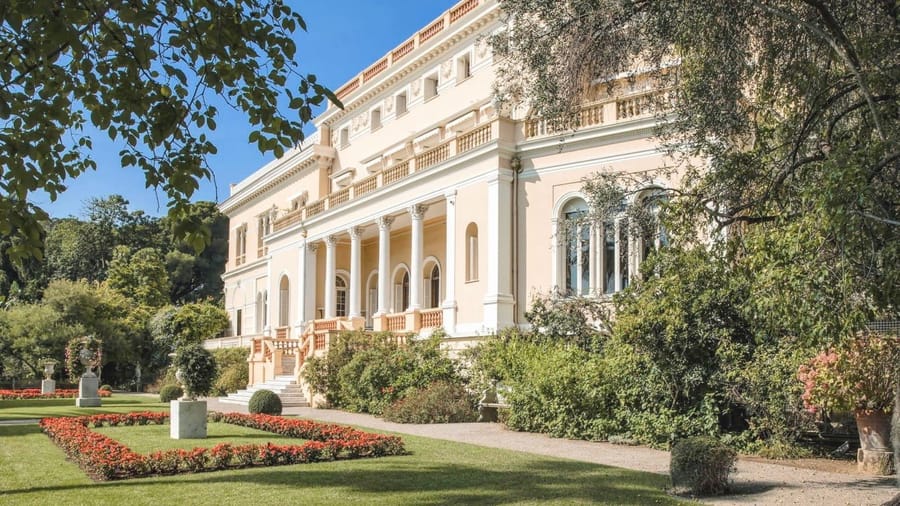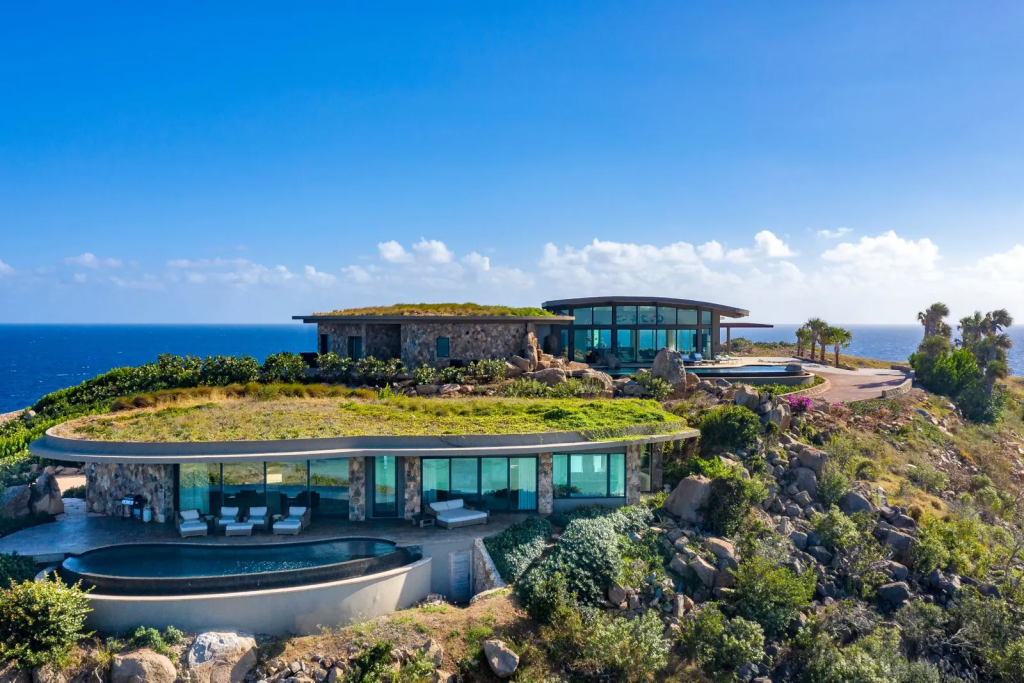In a world where everything constantly changes and grows, the pursuit of size continues in construction. Every country is trying to build something tall and grand. While it used to be necessary due to space limitations to accommodate more people in crowded cities, things have changed.
Countries spend billions on skyscrapers to showcase their power, economic stability, technological progress, and who knows what else. The Burj Khalifa in Dubai, standing at 828 meters, or the Shanghai Tower in China, standing at 632 meters, is not the limit. But what’s coming next?
Why Are Countries Building Skyscrapers?
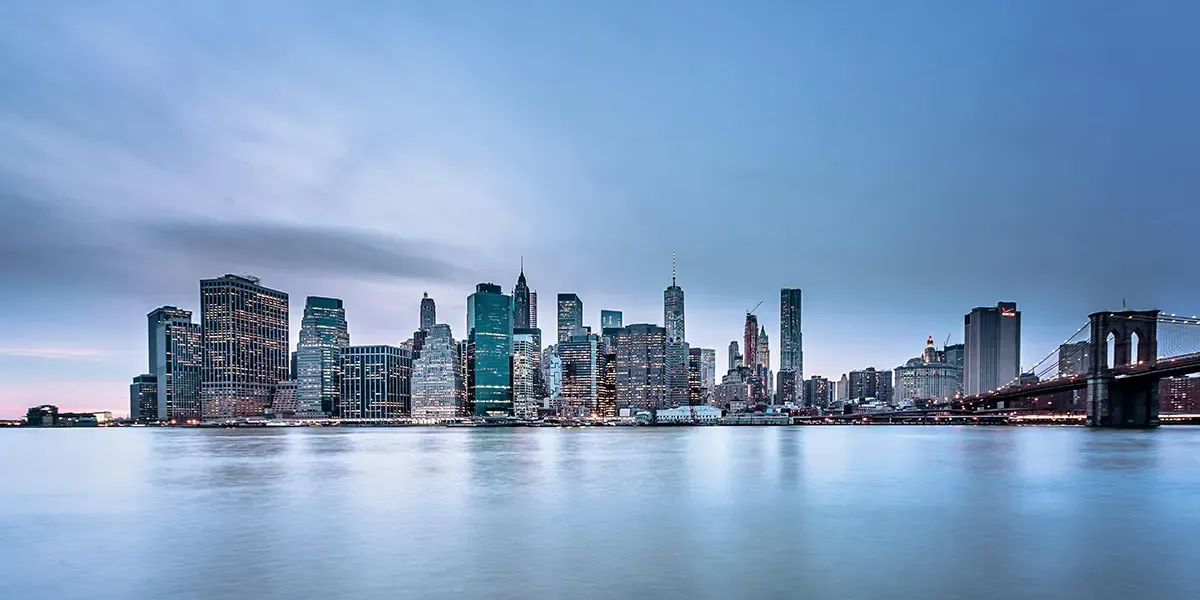
Surprisingly, skyscrapers have become symbols of national pride and essential elements of a country’s economic strategy. And while countries like China or the UAE are impressing with new projects, even seemingly horizontal territories, where people buy homes by the beach and live peacefully, like in Cyprus, are becoming vertical. Here’s why:
- Attracting Business and Investments: Tall buildings are iconic and attract international companies looking for prime office spaces.
- Urbanization Solutions: As cities grow, horizontal space becomes limited. Skyscrapers offer a way to maximize space in crowded areas.
- Tourism Boost: What do tourists want to see? Of course, the most unusual and unique things. That’s why tall buildings with innovations attract tourism investments.
Especially surprising living in places like Cyprus, where rapid development is also happening. Tourism is a huge part of their development strategy, and skyscrapers could become a regional hub for business and tourism. Good luck to them!
1. The Jeddah Tower (Saudi Arabia)
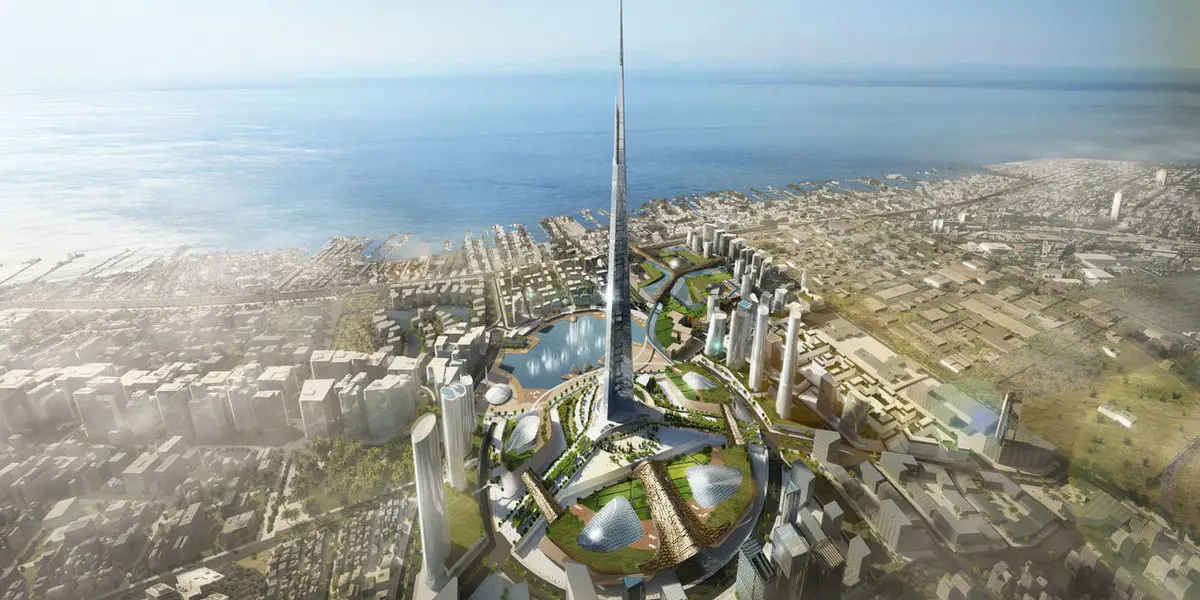
- Height: 1,000 meters
- Status: Under construction
- Completion: Estimated 2029
- Location: Jeddah, Saudi Arabia
The Jeddah Tower, formerly the Kingdom Tower, will be the world’s first one-kilometer-high building. The idea was launched back in 2013, but in 2018, financing slowed down. In 2025, new deadlines were announced by 2029. So, what awaits visitors? Luxury apartments, a hotel, office spaces, and observation decks. The main challenge is the height in the desert. Strong winds, temperature variations, and enormous costs are major issues for the building.
2. Dubai Creek Tower (UAE)
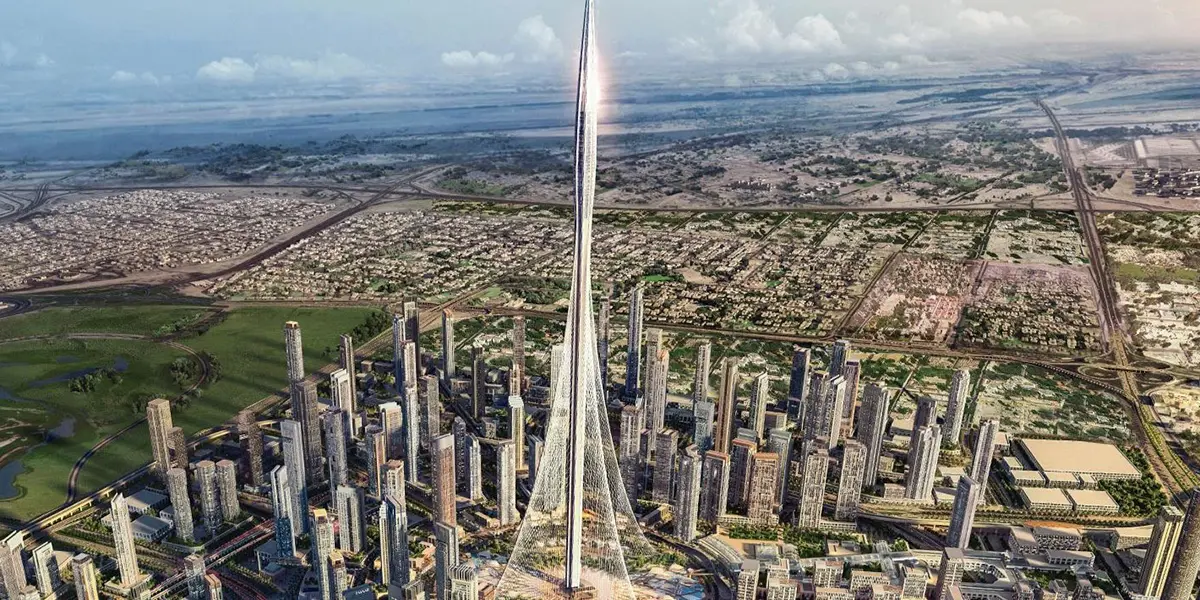
- Height: 1,300 meters (expected)
- Status: Under construction
- Completion: Estimated 2030
- Location: Dubai, UAE
If you thought Dubai had reached its height limits with the Burj Khalifa, think again! The Dubai Creek Tower will be even taller, allegedly 1,300 meters. By the way, the same architect, Santiago Calatrava, designed both towers. Of course, everything was initially planned to be finished earlier, but like many mega-projects, delays due to financial issues and design revisions have pushed the timeline back.
3. Burj Mubarak al-Kabir (Kuwait)
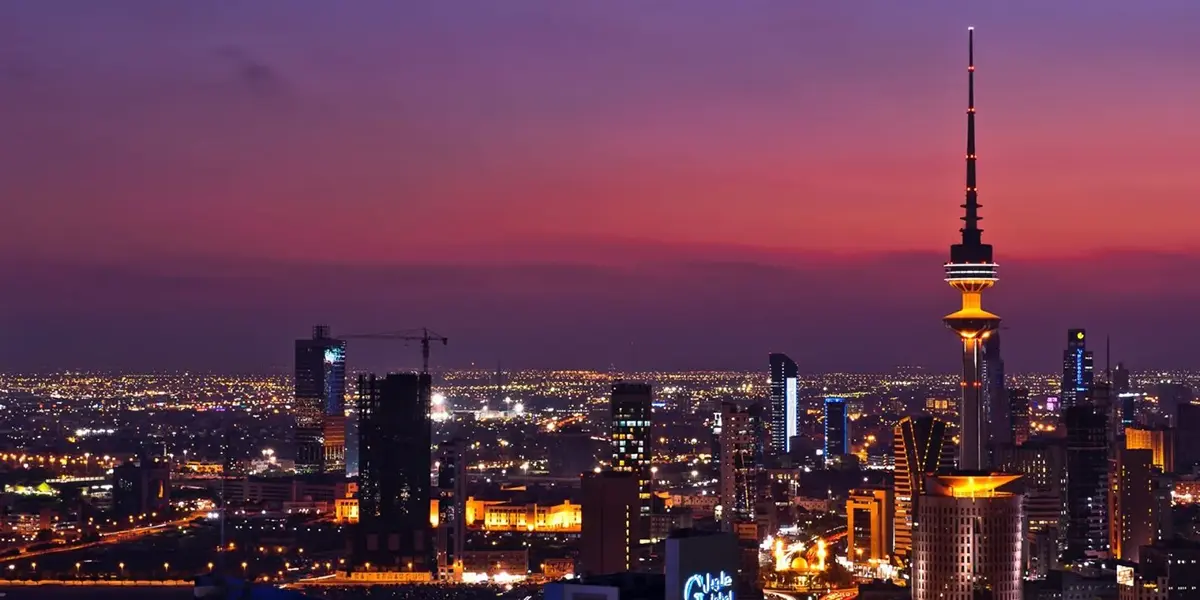
- Height: 1,001 meters
- Status: Planned
- Completion: Estimated 2030
- Location: Kuwait City, Kuwait
Meet the new ambitious $132 billion project! This Mumbarak tower will surely become the landmark of Kuwait’s Madinat al-Hareer (City of Silk). The architecture follows traditional Islamic design — no futuristic experiments here. The towers are designed to be strong enough to withstand local winds and will be connected from the inside. Once completed, they will be one of the tallest buildings in the world and a symbol of Kuwait’s economic vision for the future.
4. The Dubai Vertical City (UAE)
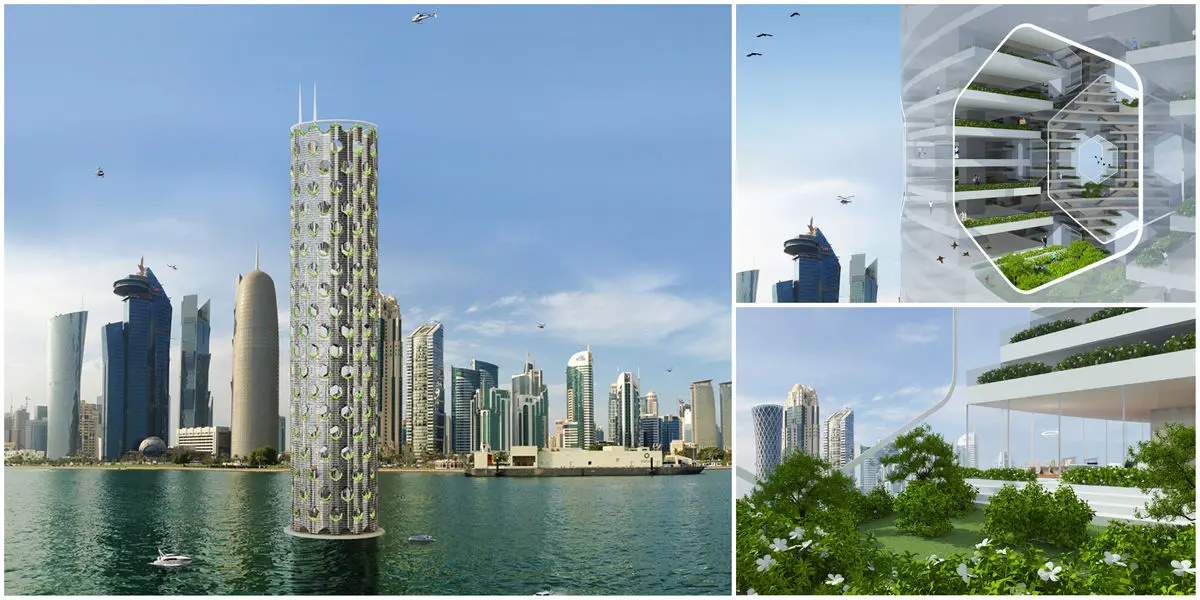
- Height: Expected to exceed 1,000 meters
- Status: Proposed
- Completion: TBD
- Location: Dubai, UAE
Since Dubai already has a reputation as a vertical city, this concept is continuing. Imagine a city completely hidden in skyscrapers — homes, offices, stores, gardens, and parks — all up in the air. This is a huge step in urban planning. Designed to accommodate up to 60,000 people, this city-in-the-sky responds to the growing need for sustainable urban development in the face of population growth.
5. The Tower at One Za’abeel (UAE)
- Height: 711 meters
- Status: Under construction
- Completion: 2025
- Location: Dubai, UAE
Located in Dubai’s Za’abeel Park, this unique building features a horizontal skyscraper at the top of the tower, connecting two massive structures. It will house luxury apartments, offices, and a hotel. With an innovative design, the One Za’abeel Tower will stand as one of the tallest buildings in the world, with a one-of-a-kind floating restaurant located at its highest point. Completion is expected by the end of 2025, but the groundbreaking design could face some technical challenges, especially maintaining stability for the horizontal section.
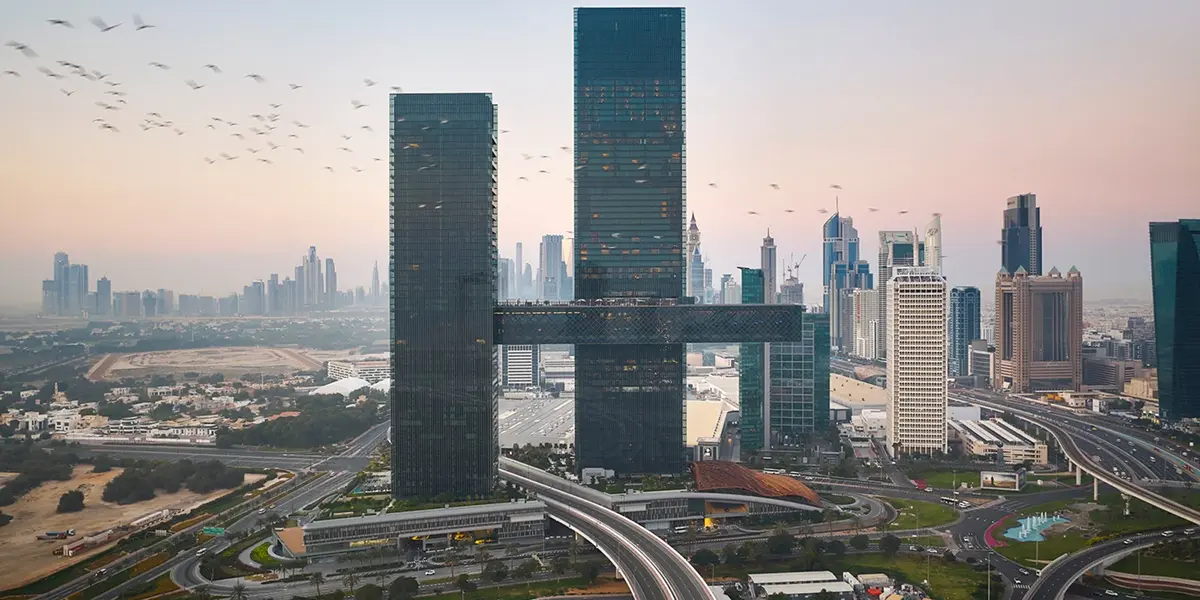
Challenges of Building the World’s Tallest Skyscrapers
As grand as these skyscrapers sound, the challenges involved in their construction are immense:
- High Costs: Projects like the Jeddah Tower and Dubai Creek Tower can exceed $1 billion in price. This doesn’t even include the ongoing costs of maintaining these giants.
- Labor Conditions: Migrant laborers often face harsh conditions on construction sites, with some projects facing criticism for human rights violations.
- Environmental Impact: Tall buildings require significant energy, and their carbon footprint is a growing concern.
- Technological Innovation: Engineering challenges like wind resistance, earthquake preparedness, and sustainability in extreme climates need constant innovation.
What Does the Future Hold for These Projects?
The forecasts are divided. The clear positives are that mega-towers completely change the look of cities, providing more living space in overcrowded urban areas. The downsides are that there are plenty of risks, especially financial and environmental. However, since no one is stopping urban planning, almost every city continues to plan for the future. While we might not see these futuristic towers in our lifetime, the race to build taller and smarter buildings will only intensify.
Final Thoughts: Skyscrapers as Symbols of Progress
The future’s tallest skyscrapers — from the Jeddah Tower to Dubai Creek Tower and Kuwait’s Burj Mubarak al-Kabir — aren’t just architectural marvels. They’re designed to attract investors, impress tourists, and reshape skylines. Despite the enormous challenges like billion-dollar budgets, harsh construction conditions, and serious environmental concerns, countries keep building taller. Why? Because these towers bring attention, create jobs, and position cities as global hubs. In a fast-growing world with limited space, skyscrapers offer both a solution and a symbol of progress.


